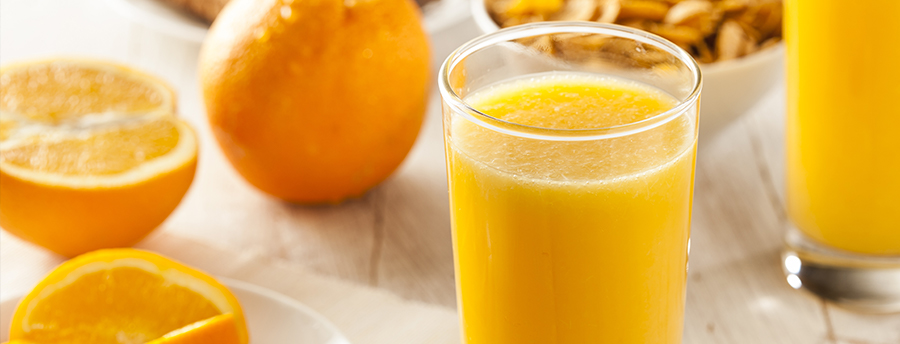There was a time not too long ago when we looked to brands like Tropicana and Ocean Spray to add nutritional value to breakfast.
Fast-forward to today where these brands have become villainized due to the high concentration of sugar.
It’s interesting to see how the perception of juice has shifted from really healthy to really unhealthy. So how did we get to this place? When concerned consumers and organizations attacked these brands exposing the high levels of fructose in our favorite juices, consumers began to wonder if they should be drinking so much of it. The conversation took on a life of its own and the investigation turned consumers’ deeply engrained behaviors upside down—juice quickly went from the daily drink of choice to a watered-down, occasional treat.
So what’s a juice to do?
There appears to be a formula that many parent companies are following to protect existing brands and open up new growth streams.
1. Show consumers a little something-be honest about your nutritional content
Making an active effort to be transparent with consumers and give them the information they’re looking for is an easy way to stay relevant in the juice industry. While consumers may not be drinking at the same rate, you still want them to feel good and be in-the-know about your brand and remain their juice of choice.
2. Make Existing Legacy Brands Healthier:
Companies like PepsiCo are rethinking the way they do juice by announcing their new Probiotics addition to the Tropicana brand. This approach positions the brand as more than just a drink. It is a functional food. So a juice with added health benefits( which we know consumers are looking for), is another way to keep consumers in a relationship with your brand.
3. Acquire Small, Healthier Brands:
While Coca-Cola owns brands like Minute Maid and Simply Orange, they know that the long game has to include smaller, healthier brands. That explains Coke’s acquisition of cold-press brand, Suja Life, and PepsiCo’s acquisition of Kevita. What’s in it for Coke and Pepsi is obvious, a future. But what’s the play for Suja and Kevita? Broad reach and big budgets. Suddenly these small brands that we’re fighting for distribution find themselves with lots of shelf space and exposure to consumer they could only have hoped to reach on their own.
So will today’s juice brands become tomorrow’s soda brands, and only show up when kids need a treat?
The big-brand juice industry isn’t dead – but like many legacy brands, when it comes to keeping the relationship with consumers exciting, constant engagement and innovation is just what the doctor ordered.

